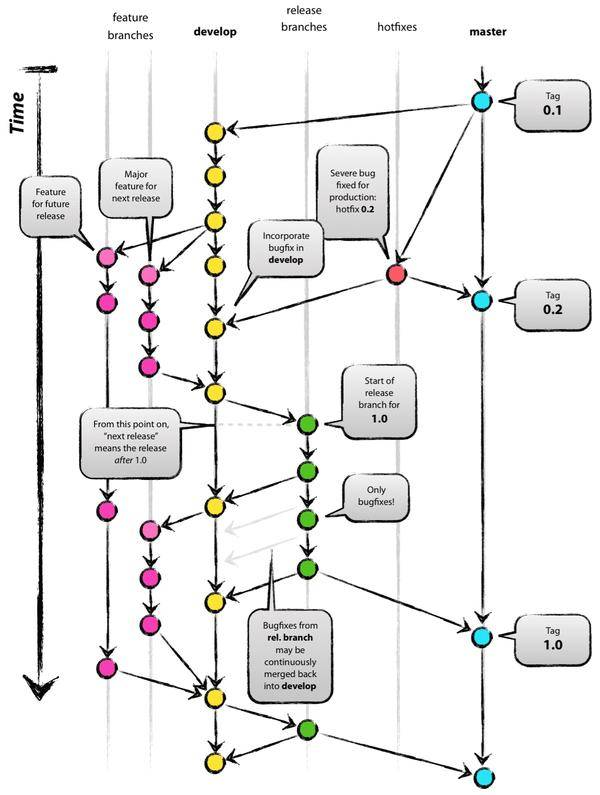前言
最近折腾项目,需要用到ESP8266模块对接阿里云物联网平台,网上感觉十分完善的教程少了一点点,比较折腾我哈哈哈,所以打算自己写一篇。
材料准备
1、ESP8266 WiFi模块 + 数据线
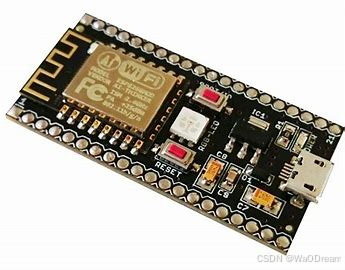
网上随便买一个就好,十块钱左右一个。我购买的是CH340C芯片的。
2、Arduino IDE
3、阿里云平台
ESP8266
1、连接电脑
好像有些网上购买的不需要固件烧录。但是我购买的这个要,不然识别不了AT指令。首先使用一根数据线进行ESP8266模块与电脑进行连接。有些模块是Micro口(老式安卓口),有些是TypeC口,根据自己的模块,使用对应的数据线。
连接好后,检查电脑有没有声音响起,或者可以前往设备管理器查看:
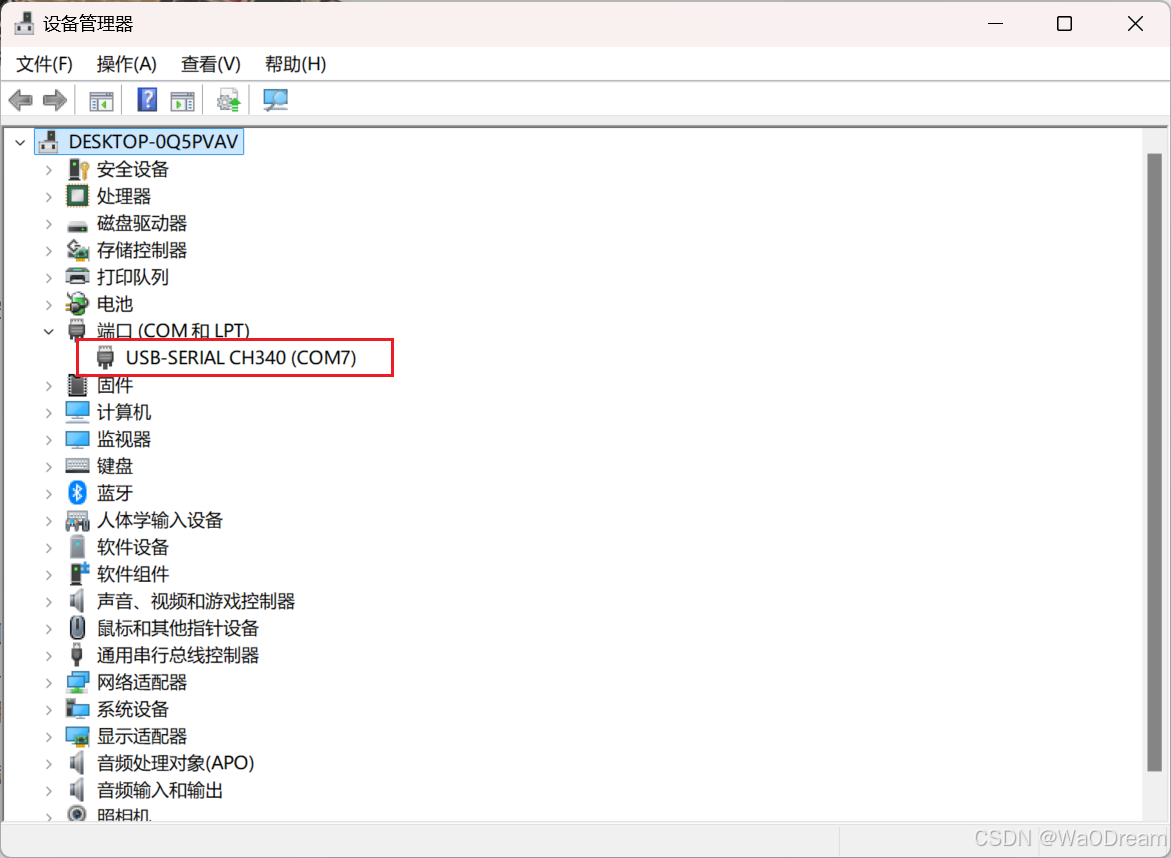
通过插拔数据线,观察端口是否缺少,如果没有缺少,根据我的经历来说,有如下两种可能(可能还有别的特殊情况,但是暂时没遇到):
- 驱动没安装
- 你使用的数据线不支持数据传输
对于第一种,可以前往去安装对应芯片的驱动,例如CH340C芯片安装CH340驱动,CP2102芯片安装CP210X驱动。可百度搜索一下。
对于第二种,换一根数据线即可。
2、固件烧录
NodeMcu-AT-1.zip - lingshunlab 的分享 (u062.com)
通过上述连接,可以下载固件烧录软件。下载解压后,在此目录下双击启动:

选择第一个:
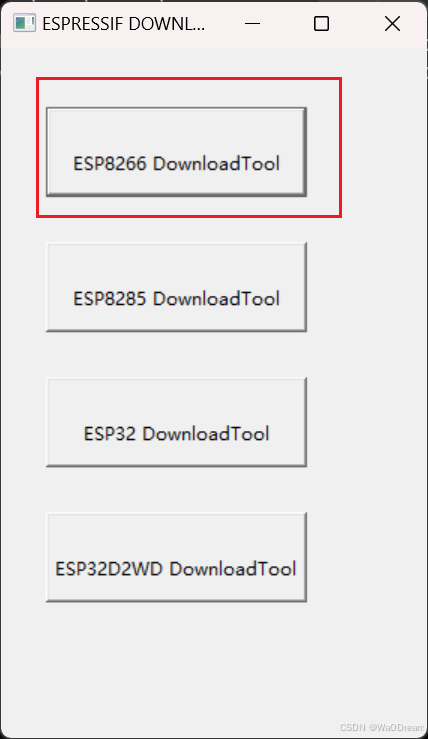
点击如图:

找到如下路径的文件进行打开:
 随后按照我的配置勾选,同时在右下角选择自己的模块所占的端口,比如是COM1(端口可在设备管理器查询),波特率选择115200。有些模块背面写的9600默认,忽视它。然后点击START,等待一段漫长的时间。
随后按照我的配置勾选,同时在右下角选择自己的模块所占的端口,比如是COM1(端口可在设备管理器查询),波特率选择115200。有些模块背面写的9600默认,忽视它。然后点击START,等待一段漫长的时间。

等到FINISH的出现,说明固态烧写完成。可以来使用串口助手验证。我这里使用的微软商店的串口调试助手,UI较为简介,界面不像老古董。哈哈哈。
界面如图所示:
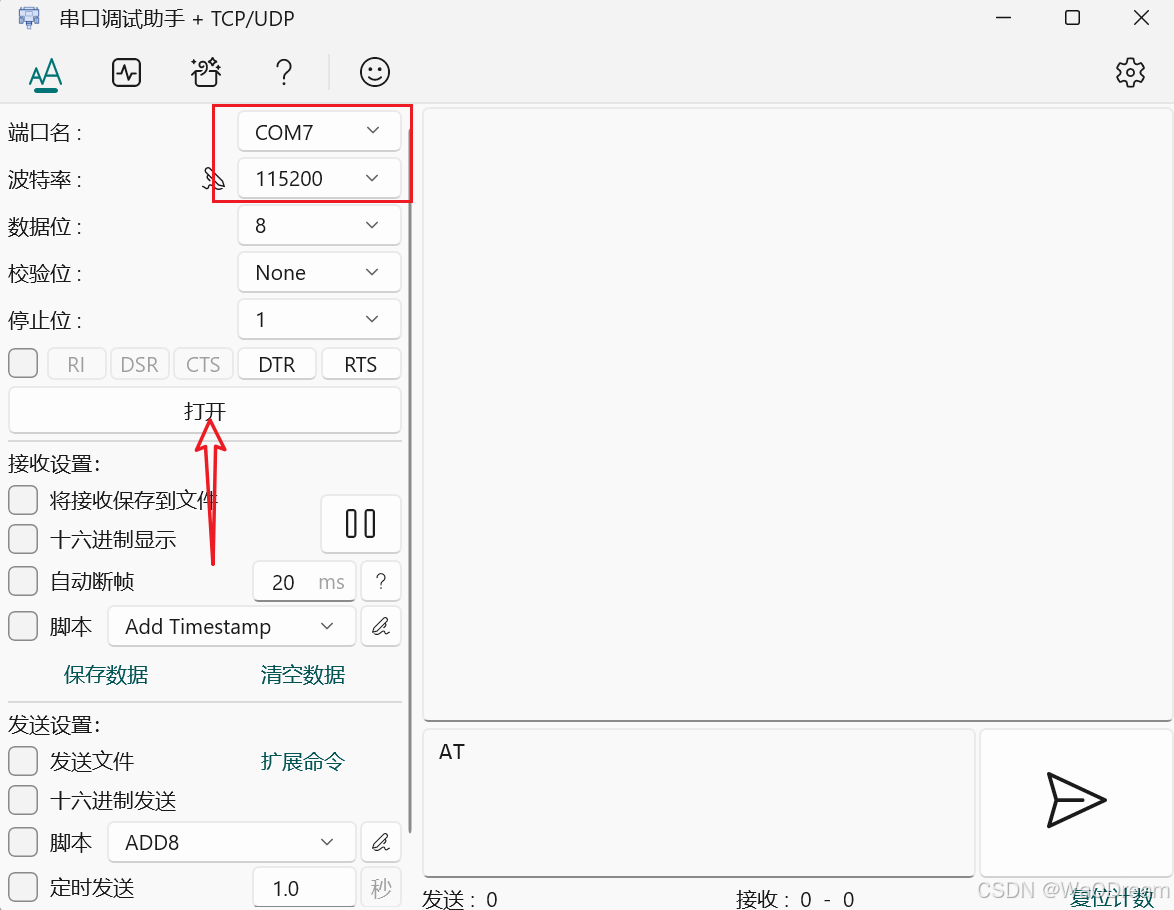
选择ESP8266对应的端口号,比如我这里是COM7。波特率选择115200.无误之后选择打开。在下方输入框中输入:AT(换行!注意一定要换行),点击右方发送,显示OK就是烧录成功:


阿里云平台
1、注册、登录
阿里云-计算,为了无法计算的价值 (aliyun.com)
网站如上,进入后右上角可以注册或者登录。我就不教了。
2、开通物联网平台
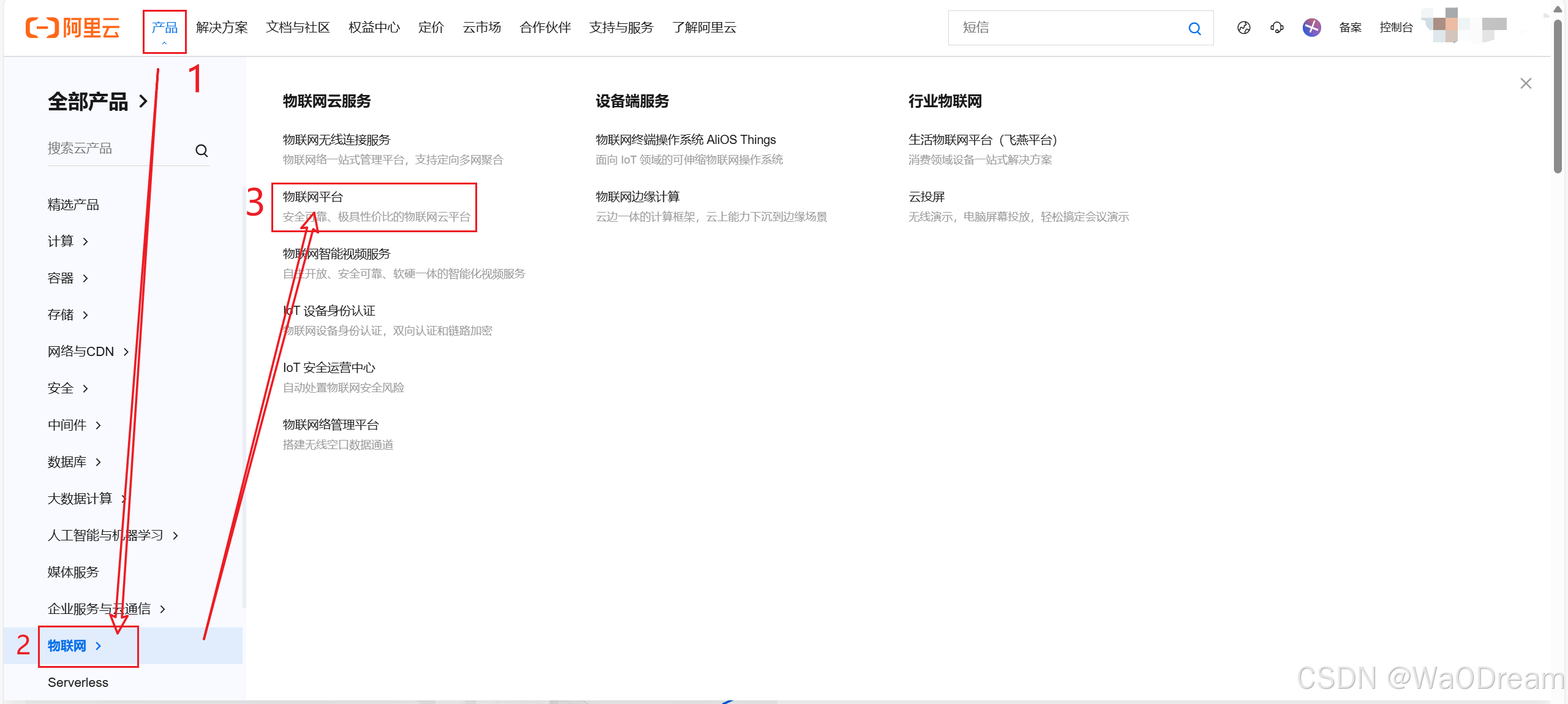
新用户一般是没开通过的,如图点击,一般会让你开通。你就选择开通就好,免费的。
3、 创建产品、设备


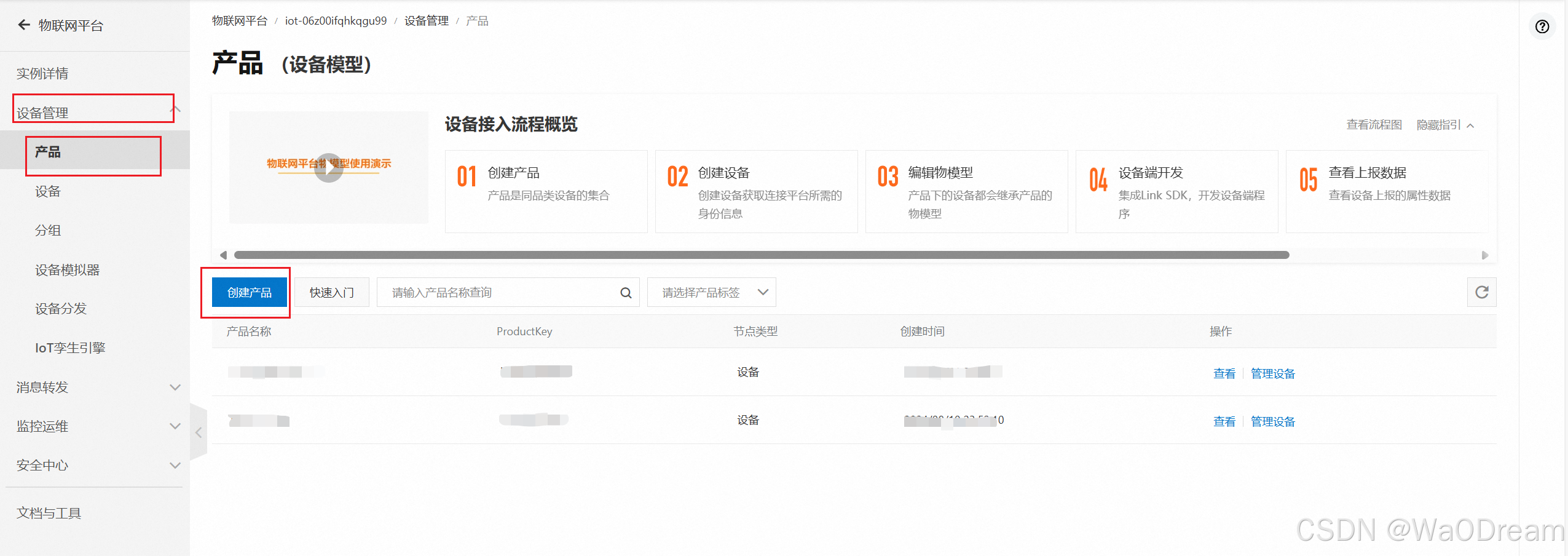
 产品添加好了,接下来添加设备:
产品添加好了,接下来添加设备:

刚添加的设备一般是未激活状态,需要激活才能使用,激活也就是连接MQTT。
Arduino IDE
1、软件下载、安装
网上自行下载,这里就不提供了。
2、获取PubSubClient库
https://github.com/knolleary/pubsubclient
仓库地址如上,下载src文件下的两个文件,放入自己的工程文件夹中:

3、打开IDE
在刚下载的两个文件的文件夹中,新建一个.ino文件,用Arduino IDE打开,随后输入:
#include <ESP8266WiFi.h>
#include <ESP8266WiFiMulti.h>
#include "PubSubClient.h"
#include <Crypto.h>
#include <Arduino.h>
// Update these with values suitable for your network.using experimental::crypto::SHA256;// 实例化一个对象 wifiMulti
ESP8266WiFiMulti wifiMulti;WiFiClient espClient;PubSubClient client(espClient);void connetMqtt();
String signHmacSha256(String deviceId, String productKey, String deviceName, String deviceSecret, uint64_t timestamp);
void callback(char *topic, byte *payload, unsigned int length);const String productKey = "***"; //替换
const String deviceName = "***"; //替换
const String deviceSecret = "***"; //替换
const String subTopic = "/" + productKey + "/" + deviceName + "/user/get";
const String pubTopic = "/" + productKey + "/" + deviceName + "/user/update";
const String regionId = "cn-shanghai"; //替换自己的区域id
const String serverUrl = productKey + ".iot-as-mqtt." + regionId + ".aliyuncs.com";
const int serverPort = 1883;const char wifiName[] = "***";//替换
const char wifiPassword[] = "***";//替换void setup()
{// put your setup code here, to run once:Serial.begin(115200);wifiMulti.addAP(wifiName, wifiPassword);Serial.println("");Serial.println("start connecting wifi...");while (wifiMulti.run() != WL_CONNECTED){Serial.print(".");delay(1000);}Serial.println("============connect wifi success============");Serial.print("WiFi:");Serial.println(WiFi.SSID()); Serial.print("localIP:");Serial.println(WiFi.localIP()); connetMqtt();
}void connetMqtt()
{Serial.println("start connect mqtt ....");client.setKeepAlive(60); //注意:PubSubClient库的默认keepalive是15s,而官方要求(30~1200s)最小30s,否则会拒绝连接client.setServer(serverUrl.c_str(), serverPort);String deviceId = String(ESP.getChipId()); //设备芯片唯一序列号uint64_t timestamp = micros64();String clientId = deviceId + "|securemode=3,signmethod=hmacsha256,timestamp=" + timestamp + "|";String password = signHmacSha256(deviceId, productKey, deviceName, deviceSecret, timestamp);String username = deviceName + "&" + productKey;Serial.print("clientId:");Serial.println(clientId);Serial.print("username:");Serial.println(username);Serial.print("password:");Serial.println(password);client.connect(clientId.c_str(), username.c_str(), password.c_str());while (!client.connected()){/* code */delay(2000);client.connect(clientId.c_str(), username.c_str(), password.c_str());Serial.println("try connect mqtt...");}Serial.println("ok, mqtt connected!");client.subscribe(subTopic.c_str());client.setCallback(callback);
}String signHmacSha256(String deviceId, String productKey, String deviceName, String deviceSecret, uint64_t timestamp)
{const char *key = deviceSecret.c_str();String data = "clientId" + deviceId + "deviceName" + deviceName + "productKey" + productKey + "timestamp" + timestamp;Serial.print("sha256:");Serial.println(data);return SHA256::hmac(data, key, strlen(key), SHA256::NATURAL_LENGTH);
}void callback(char *topic, byte *payload, unsigned int length)
{Serial.print("Message arrived [");Serial.print(topic);Serial.print("] ");payload[length] = '\0';String message = String((char *)payload);Serial.println(message);
}void loop()
{// put your main code here, to run repeatedly:if (client.connected()){client.loop(); //心跳以及消息回调等}
}以上所需信息,都可以在阿里云物联网控制台查找:

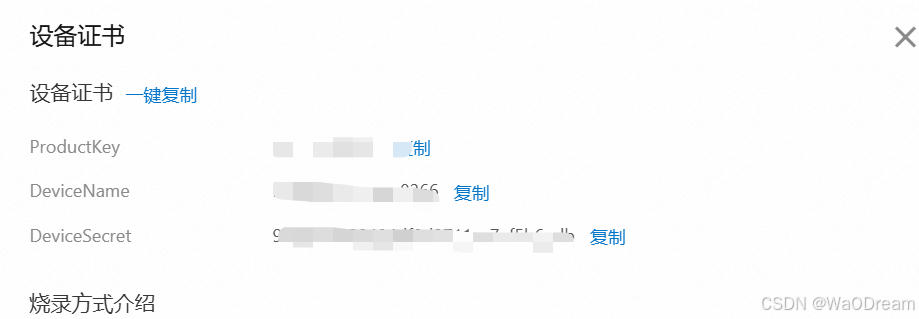
随后,文件——首选项——其他开发板管理地址:填写如下:
http://arduino.esp8266.com/stable/package_esp8266com_index.json 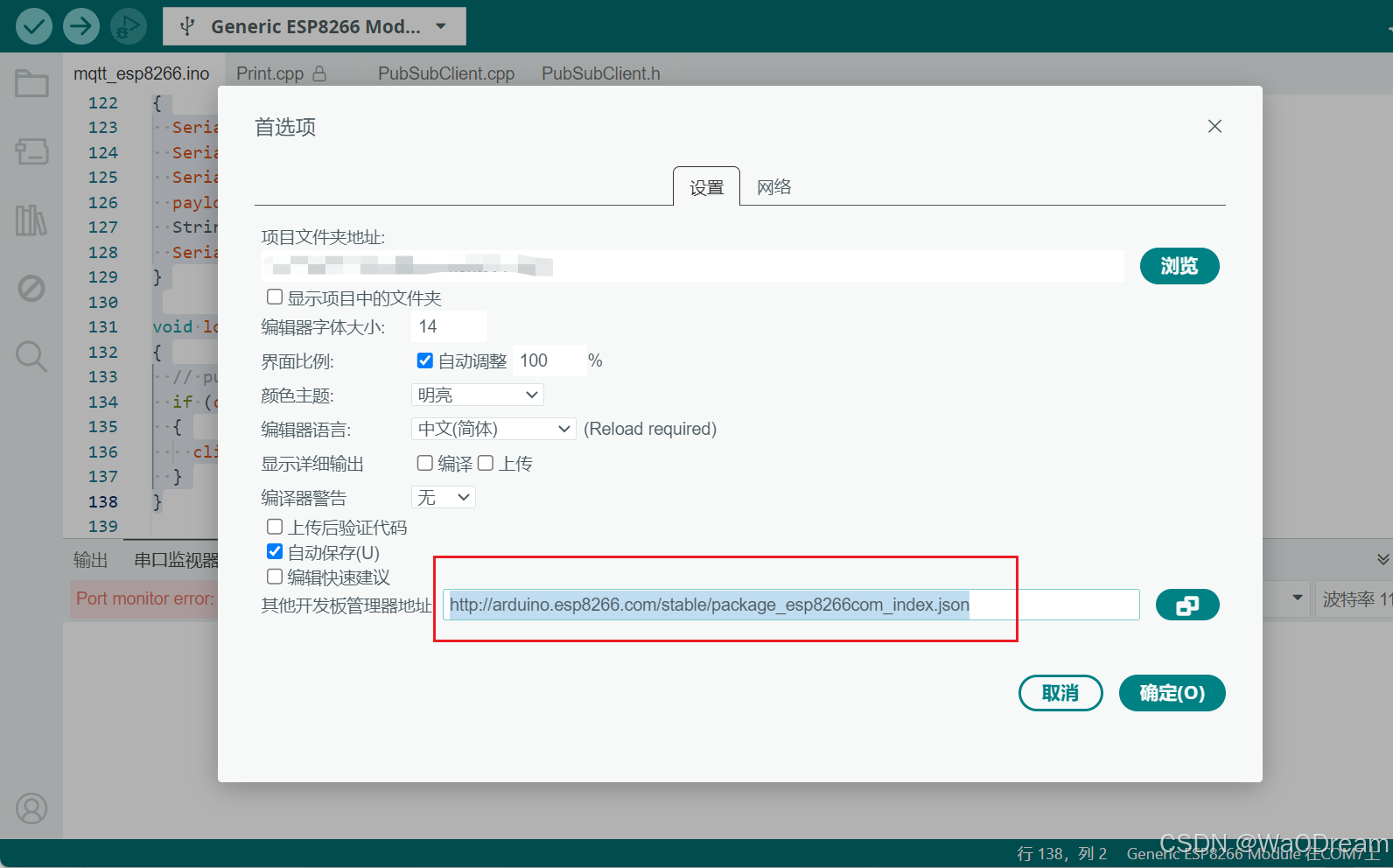
在开发板管理器中,搜索ESP8266,下载如图所示的开发板:
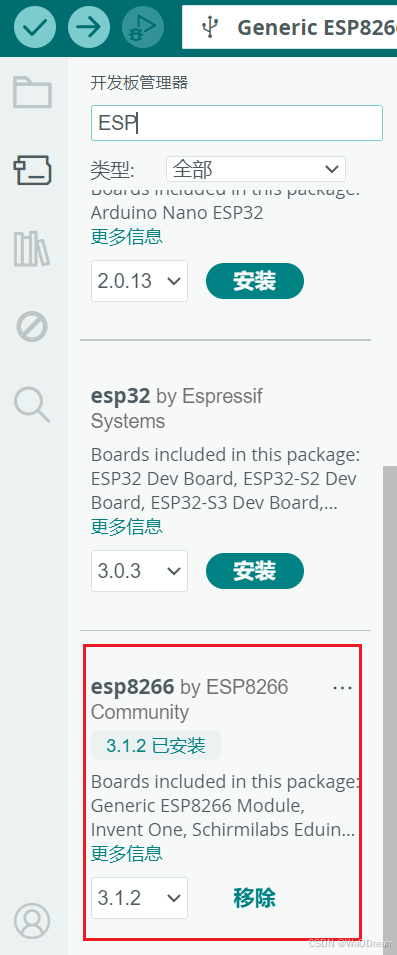
这个下载巨巨巨巨巨慢,大约要一两个小时。
下载完后,在工具——开发板——esp8266——Generic ESP8266 Modules。选择好对应的串口,然后点击下方按钮即可编译运行(编译运行可能会提示要下载什么东西,下载就好):

4、运行
正确运行会显示以下信息:

在设备列表,也能看见在线。

验证
代码里写的默认是订阅: "/" + productKey + "/" + deviceName + "/user/get"
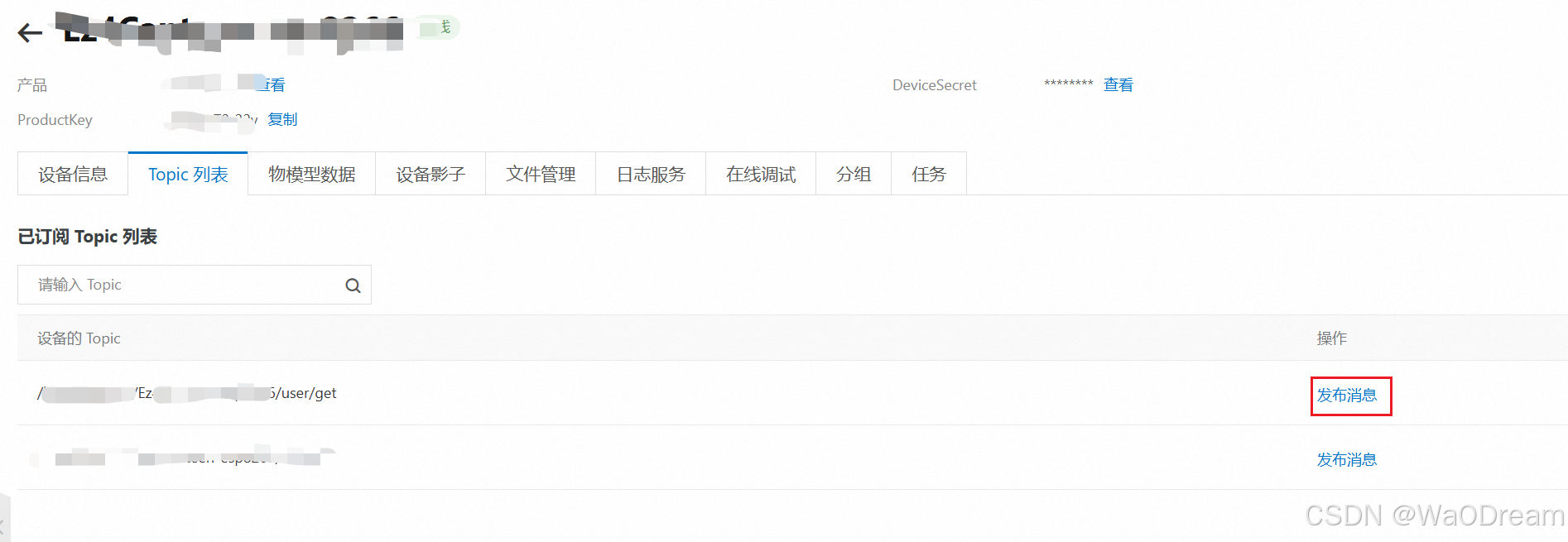
我们可以在阿里云物联网控制台,点击我们的设备,在Topic列表中,找到这个主题,选择发布信息:
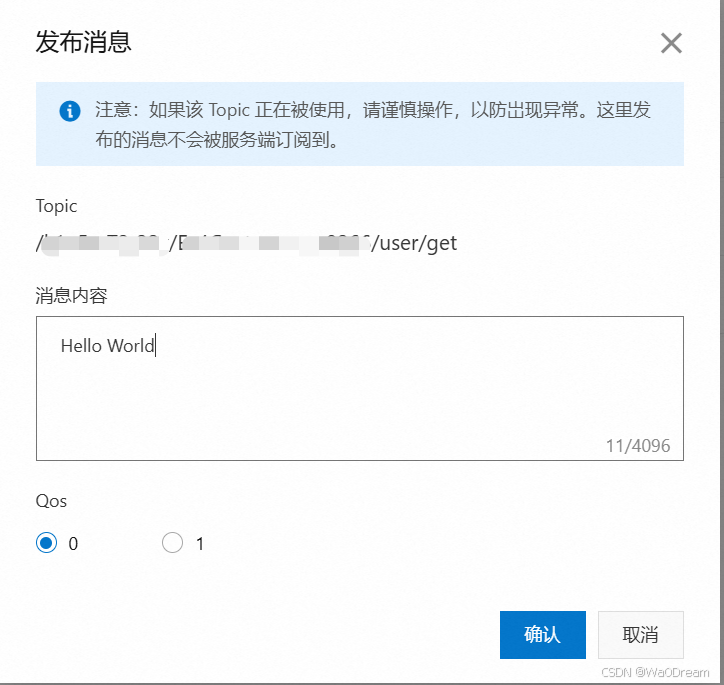
发布后,我们打开IDE:发现已经收到!

















